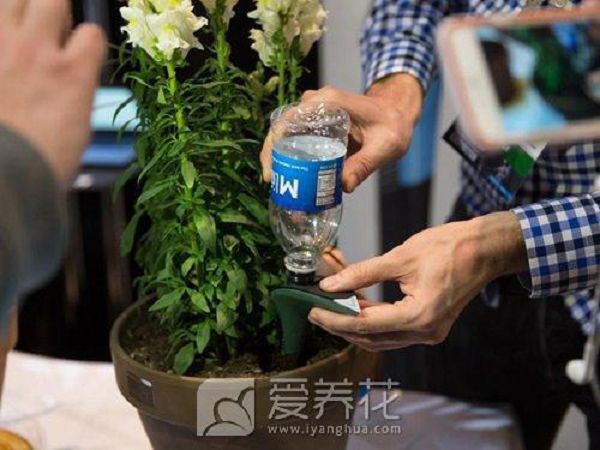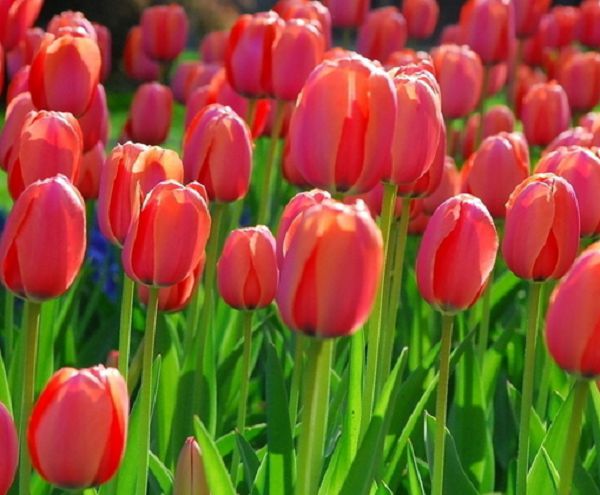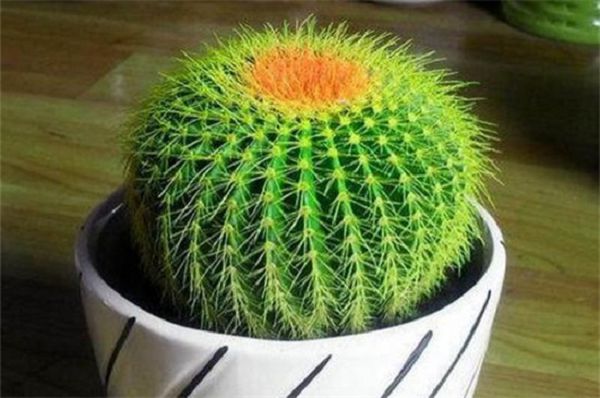Family flower cultivation fertilizer instructions, how to self-made flower fertilizer

Some flower lovers often bury rotten eggs, chicken, duck and fish offal, meat skin, raw horse dung and cake fertilizer into the basin soil, hoping to add nutrients to make the flowers bloom and flourish, but the result is contrary to one's wishes. What is the reason for this? And how do families make their own fertilizer for growing flowers?
Notes on fertilization for Family Flower cultivation
Because flowers grow and develop by absorbing nitrogen, phosphorus, potassium, magnesium, iron and other nutrient elements dissolved in water through fermentation in the soil, while the above-mentioned rotten food is directly buried in the basin without fermentation, and high temperature is produced by fermentation after meeting water. It will directly scald the flower root system, coupled with harmful microbial activities, resulting in soil hypoxia, resulting in flower death. At the same time, unripe fertilizer will produce a bad smell during fermentation, attracting flies to lay eggs, maggots can also bite the root system, endanger the growth of flowers, and the smell can also pollute the environment. Therefore, flower cultivation must pay attention to the application of fully mature organic fertilizer in order to ensure the good growth and development of flowers.
If the concentration of liquid fertilizer is too high, it will often lead to the withering and yellowing of flowers and leaves, and even the death of the whole plant. This is because under normal circumstances, the concentration of the plant root hair cell fluid is higher than that of the soil solution, so the osmotic pressure of the two is different. At this time, the soil solution can constantly permeate into the root hair cells, and the root hair can absorb water and nutrients from the soil. Supply the growth and development of flowers. If the concentration of liquid fertilizer is too high (its concentration is higher than that of cell fluid), reverse osmosis will occur, that is, the cell liquid will permeate into the soil solution, which will make the root hair cells lose water, cause plasmolysis, and in serious cases, cause the plant to dry up and die. This phenomenon often occurs in the case of excessive application of chemical fertilizer, and a similar phenomenon will occur if retting liquid fertilizer is too thick. Therefore, the concentration of chemical fertilizer applied to potted flowers should not be too high, and it is generally appropriate to be about 0.1%. The retting liquid fertilizer should also be diluted by 10 to 15 times.
Six kinds of fertilizers that can be made at home
There are abundant sources of flower cultivation and fertilizer in household waste, which is not only simple but also has high fertilizer effect.
1. Liquid organic fertilizer
The poultry and animal feces, bean dregs and bean cakes, freshwater fish offal, fruit peel, rotten vegetable leaves, etc., plus rice water are piled in the tank and sealed and retted. Amoy rice water is more than sundries, fully fermented. Generally prepared in autumn, sealed and unsealed in the following year, diluted according to the ratio of water: fertilizer = 8:2, applied as topdressing. It contains comprehensive nutrients and plays a good role in improving the physical and chemical properties of basin soil, as well as the growth and development of flowers and flower bud differentiation.
2. Bone meal fertilizer
Soak the leftover meat bones, chicken, duck and fish bones in water for 24 hours, wash off the salt impurities and cook them in a pressure cooker for 20 minutes. After mashing and ripening, they can be mixed into the culture soil as base fertilizer, or sprinkled on the surface of the basin soil for topdressing use, or directly buy bags of skimmed bone powder, which is a complete fertilizer based on phosphorus.
3. Green manure
Put a small amount of bone powder and plant ash into a jar or bowl, soak in water and add appropriate amount of lai leaves or leaves and grass. After retting for about 1 month, it can be used after it is ripe. This kind of fertilizer is economical and practical, has high fertilizer efficiency, and can make flower branches green, leaves green and flowers beautiful.
4. Cake fertilizer
Put bean curd dregs, soybean dregs, peanut dregs or rapeseed dregs in a tank and add water to make them fermented and retted. After fermentation, they are mixed and used as topdressing according to the ratio of water: fertilizer = 6:4, and the effect is quick.
5. Dregs fertilizer
Mix the residue of traditional Chinese medicine into the garden soil and put it in a jar, mix it with rice washing water and rett it. After the residue of traditional Chinese medicine is fermented into humus, it is covered with a layer of soil and can be taken out at any time. This kind of flower fertilizer does not hurt the plant, can also be mixed in water, and has the effect of promoting growth and strengthening stems and leaves.
6. Snail fertilizer
The fresh snails and shellfish are mashed and put into a tank or tank, and then fermented according to the ratio of water: fertilizer = 4:1. After high temperature fermentation in summer for about 20 days, they can be diluted with equal amount of water and used as topdressing in flowerpots.
- Prev

How to use plant growth regulators to make flowers blossom according to people's wishes
How to use plant growth regulators to make flowers blossom according to people's wishes
- Next

What is the best flower to put in the bedroom? Top Ten Flowers for the bedroom
What is the best flower to put in the bedroom? Top Ten Flowers for the bedroom
Related
- What if the leaves of potted flowers turn yellow?
- Florescence Control of several Flowers
- Anti-freezing technology and post-freezing nursing technology of flowers
- What is the classification of flowers? What are the common methods of flower classification?
- Prevention and control of alkali and acid damage of flowers in courtyard
- Technology of Anti-freezing and restoring growth of Flower seedlings in greenhouse and greenhouse
- How does flower fertilization not hurt the root? Fertilization technology of flowers
- Key points of disinfection in flower greenhouse
- Several pesticides that are banned or used cautiously in flowers
- How to fertilize the flowers that watch the leaves?

